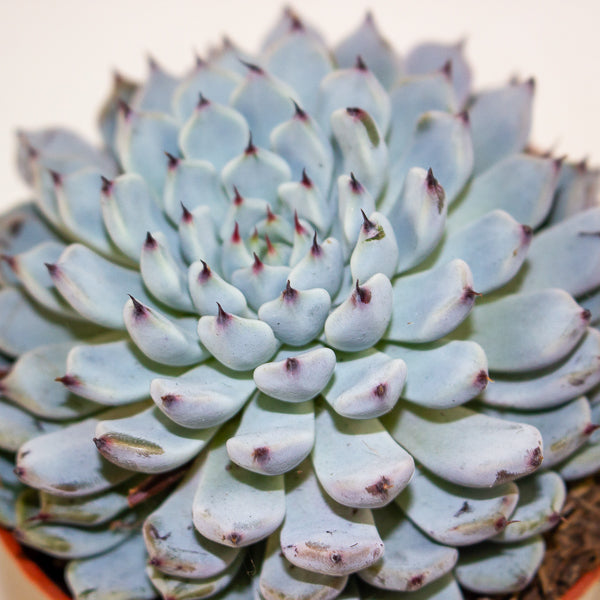1
/
of
7
Emm's Plant House
Echeveria texensis 8.5cm H10cm
Echeveria texensis 8.5cm H10cm
Regular price
£6.00 GBP
Regular price
Sale price
£6.00 GBP
Unit price
/
per
Taxes included.
Couldn't load pickup availability
Echeveria texensis is a beautifully structured rosette succulent known for its powdery blue leaves tipped with dramatic red “teeth.” Compact, sculptural, and highly ornamental, it thrives in bright light and adds a striking desert aesthetic to any sunny windowsill or shelf. Its elegant symmetry and bold colours make it a favourite among succulent collectors.
- Full Botanical Name: Echeveria texensis
- Common Names: Texas Rose, Texensis Echeveria
- Country and/or Region of Origin: Northeastern Mexico (Nuevo León and surrounding regions)
- Growing Conditions in Native Habitat: Found on rocky cliffs and dry slopes with full sun, excellent drainage, and long drought periods; adapted to intense light and poor soils
Care Guide
Care Guide
Share














